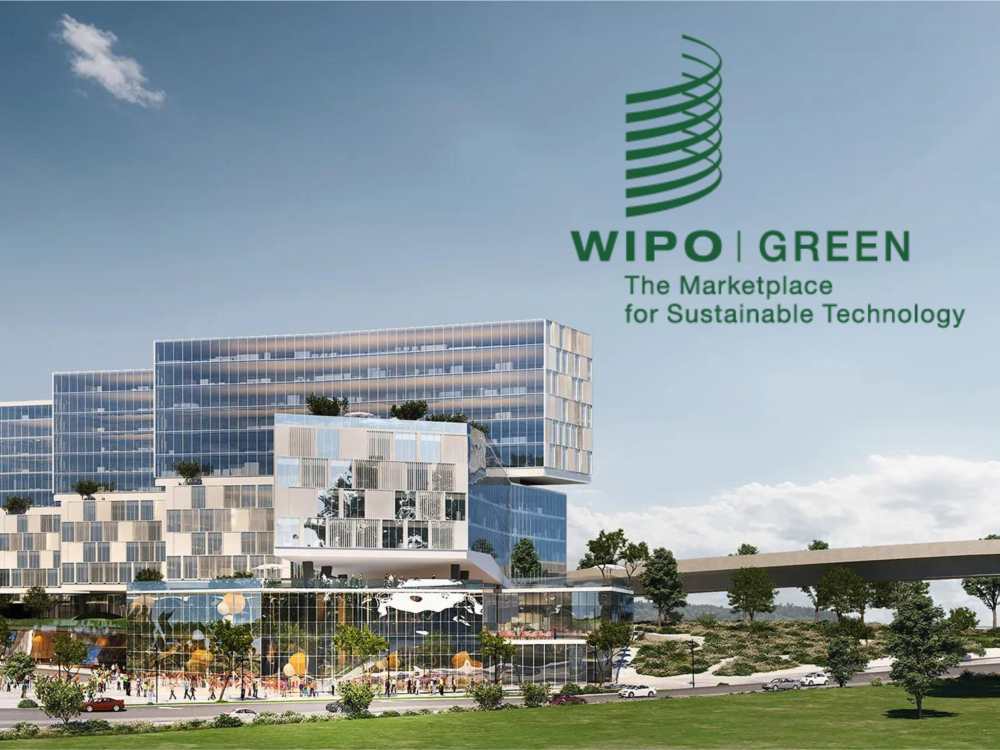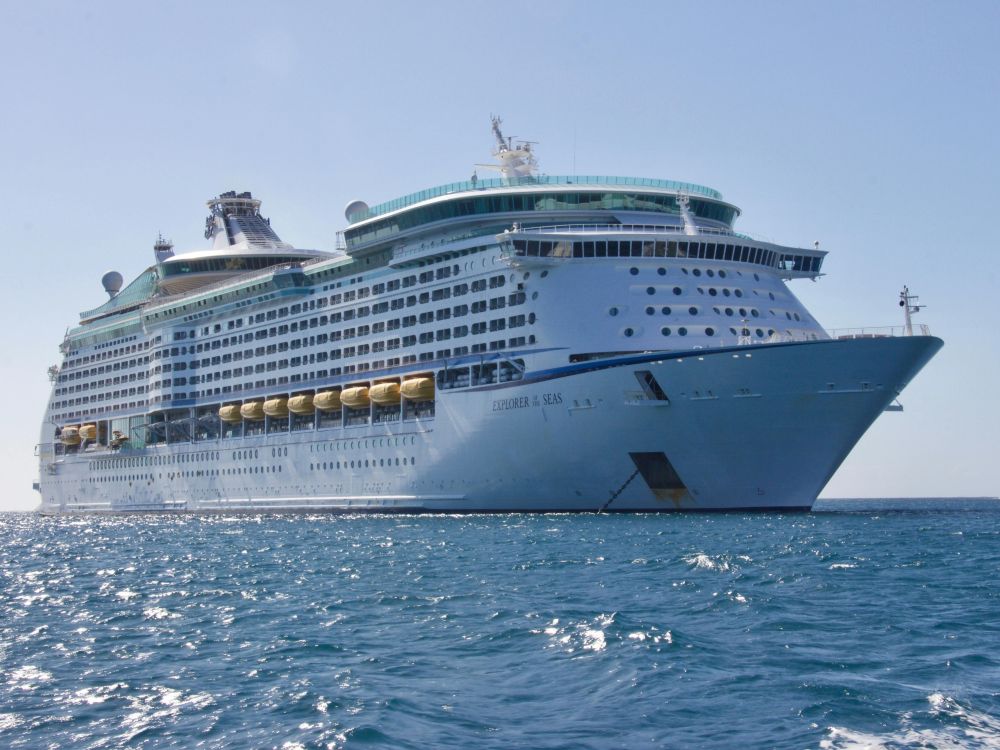Experience the evolution of glass and smart glass in Miami over the past century. From unmistakable Art Deco to contemporary luxury condos fitted with the latest innovations in glass such as smart glass technology.
In Miami and want to speak to a local smart glass expert?
The use of glass and smart glass in Miami architecture over the past century reflects the improvements in glass manufacturing technology. A major change occurred just after World War II, when glassmakers achieved the ability to produce large glass panes. It wasn’t until the mid-twentieth century that glass buildings started to dominate American skylines.
South Florida experienced a real estate boom in the 1920s that lasted through the 1950s. Those thirty years saw several architectural styles, including Mediterranean Revival, which continued into the 1930s, followed by the famous Art Deco style in the 1940s. Art Deco buildings typically incorporated glass blocks, often stacked in geometric shapes, and decorative opaque plate glass, also known as pigmented structural glass. It was marketed under the names Vitrolite, Carrara glass and Sani Onyx.
Glass was also prevalent during the Modern Period, which in southern Florida was often called “Miami Modern,” or MiMo. This period lasted from the end of World War II to the 1950s, spawning a style called “Subtropical Modernism,” which incorporated elements associated with the “International” style of architecture, such as glass walls, flat roofs and free-flowing interior spaces. The 21st Century has welcomed in a new era of modern glass-and-steel skyscrapers which dominate downtown as well as the Atlantic oceanfront.
Let’s take a look at some of Miami’s most iconic glass buildings through the ages – including soon to be completed buildings fitted with the latest smart glass technology.
This luxury beachfront residential development in Sunny Isles is scheduled for completion in 2021. With a lobby designed by Karl Lagerfeld, and apartments starting at over 8 million dollars, it will be one of the premier residences in Miami. One third of the apartments in the first tower will be fitted with Gauzy’s LCG Smart Glass in the master bathroom. Aside from providing residents with an added ‘wow’ factor to their bathroom, smart glass removes the need for outdated (and unsanitary) shower curtains and helps uphold the building’s premium design and finish. Smart glass in Miami is just starting to take off: The Estates at Acqualina is just one of many of the new buildings on the horizon for Miami that will undoubtedly feature this new technology.
Eighty Seven Park, Renzo Piano Workshop’s first project in Florida, and first residential project in the United States, is located on Collins Avenue in Surfside. Completed in 2020, it is an 18-story oval-shaped beachfront condominium tower sheathed in glass. Each of its 68 units has a terrace and floor-to-ceiling windows. It features a greenhouse-like lobby supported by structural glass mullions. Its deep cantilevered terraces, one of the tower’s signature elements, seem to defy the laws of physics as they appear to float between arrays of glass. Overall, the structure exudes lightness, transparency and luminosity.
Contemporary and environmentally friendly, this concrete, glass and wood building is a thrilling example of the glass buildings that grace the Miami seashore.
How could we not include a building named “Glass” in our article about glass buildings? This 18-story, all-glass residential tower, completed in 2015, is located in Miami’s South of Fifth Street neighborhood. Designed by Rene Gonzalez, the building is composed of fritted, patterned glass. Light and ethereal, it gives the illusion of disappearing into the atmosphere as it both captures and reflects the surrounding landscape of sea and sky.
The structure, which features expansive wraparound terraces, is made from perimeter glazing slotted into horizontal floor planes and minimalist frameless glass balustrading. The units all feature floor-to-ceiling glass walls, aimed at integrating the indoors with the outdoors and linking the natural elements of its environment.
Smart glass goes global. Explore other locations.
Locations:
Adrienne Arsht Center for the Performing Arts
This complex is Miami-Dade County’s largest ever public/private sector partnership. Constructed between 2001 and 2006, it opened in 2006. It was designed by Cesar Pelli of Pelli Clarke Pelli Architects.
It includes the Sanford and Dolores Ziff Ballet Opera House, the John S. and James L. Knight Concert Hall and an outdoor Plaza of the Arts. Its 5-story 2480-seat Ballet Opera House complex is home to a Studio Theatre for community and regional groups. The 4-story, 2200-seat Concert Hall building provides seating for a chorus of 200 as well as educational outreach facilities. The two buildings are linked by an outdoor oval-shaped Plaza of the Arts bisected by Biscayne Boulevard.
Both buildings are constructed from stone cladding, which highlights its prominent glass facades. They each feature full-height lobby areas facing the public with an expanse of glass, which glow like giant lanterns during evening performances.
Designed by the architectural firm Arquitectonica and located at 2025 Brickell Avenue, the Atlantis is a 20-story, 96-unit luxury condominium. Built between 1980 and 1982, it is noteworthy for its glass façade and primary color scheme. The most photographed of all Arquitectonica’s projects, it is known for its cubed palm court, featuring a red spiral staircase and palm tree, cut out of the center of the building to create a “sky court.”
The glass wall on the south side of the building is covered by a three-story blue masonry grid that hides the cantilevered balconies. The gray reflective glass on the north face is studded with four yellow triangular balconies. The bay-facing end of the building is shaped as a nautical curve.
The Atlantis won the Progressive Architecture award in 1980 as well as the AIA Test of Time Award in the 10- and 25-year categories. Its freeze-frame image was featured in the opening sequence of “Miami Vice.”
Built in 1963 and 1973 in the Edgewater neighborhood of Miami on Biscayne Boulevard, these two buildings are delightful examples of MiMo architecture. The former headquarters of Bacardi USA, the structures include the Bacardi Imports Tower and the Bacardi Imports Administration Annex, also known as the “Jewel Box.”
The older of the two structures, the “International Style” Tower was designed by Cuban architect Enrique Gutierrez, with murals by the Brazilian artist and ceramist Francisco Brennand covering two walls. The rectangular seven-floor tower appears to cantilever over a bottom glass square pedestal at the plaza level, giving it the appearance of floating. Its east-facing façade, composed of a tinted glass curtain wall, is divided into three bays by white marble support columns. Its west façade is a glass curtain wall whose center is attached to the exterior service tower.
The Jewel Box was designed by Ignacio Carrera-Justiz. Its colorful hammered glass mosaic with a Mesoamerican theme was designed by the German artist Johannes Dietz. The stained glass was intended to harness the sun’s rays to complete its design, setting the building apart from its landscape. When the sun shines through, its rays beam onto the floor-to-ceiling mirrors inside. The building appears to come alive, with the geometric shapes and shards of glass shimmering and dancing. The mosaic depicts the rum-making process, demonstrating how stalks of sugar cane are converted into molasses.
In 2012, both buildings became the headquarters for the National YoungArts Foundation, a nonprofit that supports emerging high-school artists.
Glass is undoubtedly a key material of choice in the Miami architecture and interior design spheres – and rightly so. It won’t be long before smart glass in Miami achieves the same omnipotent status. If you are interested in learning about other iconic glass and smart glass buildings throughout the United States, keep an eye out for our upcoming article on the best glass buildings to visit in L.A.
Want to learn more about how to integrate Smart Glass into your project or receive a quote? Contact the Smart Glass experts at Gauzy today.









